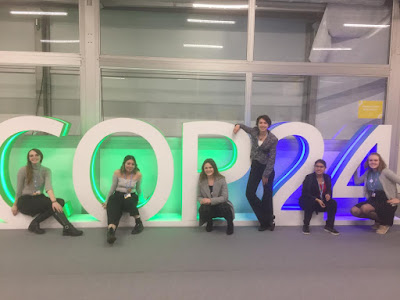Where the Action Is, It Isn't
Everyone in the climate movement has a specific background for their activism. In South America, indigenous’ livelihoods are at risk as agrobusiness engulfs their rainforest habitat. In Africa there is a dichotomy between the North and South, while northern drought suffocates crops, southern floods drown them. In small island nations, sea rise projections could prove fatal (an 88 centimeter rise in Sri Lanka would cover ¼ of the island, displacing 40 million), and for the youth, we really just want to inherit a safe, sustainable planet, minimizing the associated risks of climate change before its too late.
And this conference is a fantastic place for discussion; its intention is to serve as a forum for communicating international demands and to bring people together to solve persistent national issues. By featuring delegates from around the world, we are able to discuss our issues while building compassion for others.
But there is a major flaw in this conference. Though these voices of the climate movement are heavily represented through side events, exhibits, pavilions, and panels, they aren’t reflected in the policy that is emerging. Instead, their demands are outweighed by the overarching power of leaders in the developed world. As a result, they hardly have a platform for implementation.
“We need to create a space where youth can unite with their elders”
But how do we battle the institutionalized superiority of older generations?
How do we get people to listen?
“We need to resist through protest and strike.”
But how do we maximize efficiency when our government doesn’t want to listen?
How do we get people to listen?
“We need our voices to be heard so we can battle the climate crisis as a collective.”
But how can these marginalized groups amplify their voice when nobody is listening?
How do we get people to listen?
We would all expect that at a conference lauded for universal representation, diversity of voice would shine through in policy. But it doesn’t. Until the politicians decide to accept the strategies from these people, these people whose lives depend on their decisions, the climate movement will continue to struggle.


Comments
Post a Comment